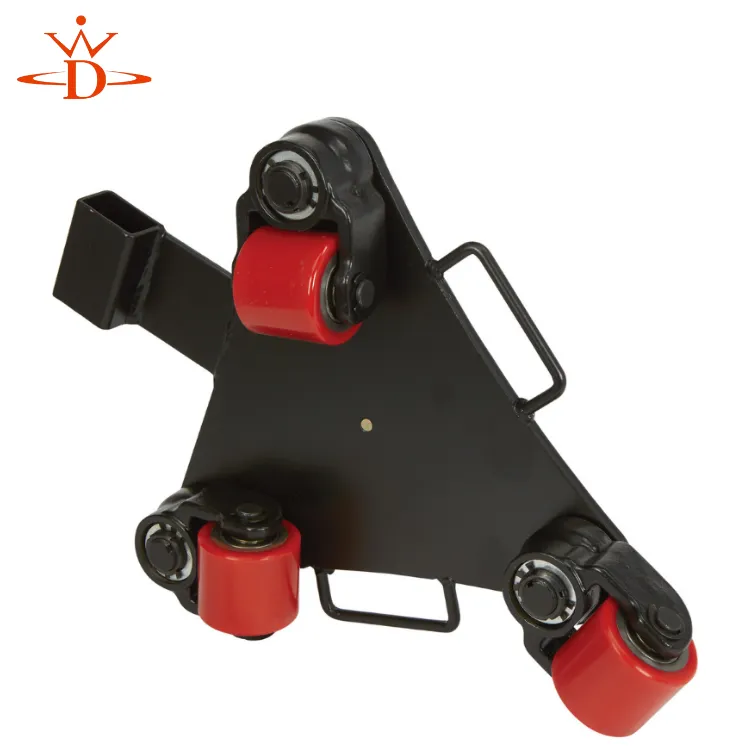Different Varieties of Gantry Cranes and Their Applications in Industry
Understanding the Different Types of Gantry Cranes
Gantry cranes play a significant role in industrial and commercial applications, facilitating the movement of heavy loads across various facilities. They are characterized by their overhead framework supported by legs on either side, allowing for versatile operations in different environments. This article explores the various types of gantry cranes, each designed to cater to specific operational requirements.
1. Full Gantry Cranes
Full gantry cranes are among the most common types used in industrial applications. They are characterized by their robust structure, which includes a crane bridge supported at both ends by a gantry. This design allows for maximal lateral movement, making them ideal for loading and unloading containers at shipping docks or managing heavy equipment in manufacturing plants. Full gantry cranes can be powered manually or through electric hoists, offering flexibility in operation.
2. Semi-Gantry Cranes
Semi-gantry cranes, or half-gantry cranes, differ from full gantry cranes in their design. They have a structure where one side is supported by a runway while the other side is mounted on a leg. This type is particularly useful in situations where there is limited headroom, such as in workshops or warehouses with low ceilings. Semi-gantry cranes allow for extensive horizontal movement and can be quite cost-effective while providing significant lifting capabilities.
Portable gantry cranes are designed for easy transport and mobility. Typically constructed with lightweight materials, these cranes can be assembled and disassembled quickly, making them ideal for temporary lifting tasks in diverse locations. They are perfect for smaller workshops or construction sites, where lifting needs may vary frequently. Despite their smaller size, portable gantry cranes are remarkably versatile and can handle various load capacities, depending on the model.
4. Adjustable Gantry Cranes
types of gantry cranes

Adjustable gantry cranes offer flexibility in height and width, making them suitable for different lifting scenarios. Their legs can be extended or retracted to fit various load sizes and heights, making them highly adaptable in environments where loads vary significantly. This type is frequently used in maintenance shops and industries where equipment maintenance is required, allowing workers to access heavy machinery easily.
5. Rail Mounted Gantry Cranes
Rail-mounted gantry cranes (RMGs) are typically used for container handling at ports and intermodal terminals. These cranes run on a set of rails, which allows them to move in a linear path. Rail-mounted gantry cranes are designed to move containers efficiently between trucks and ships. Their capabilities for high-speed operations and lifting large loads make them essential in logistics and material handling in shipping industries.
6. Container Gantry Cranes
Container gantry cranes, also known as ship-to-shore cranes, are specialized for loading and unloading containers from ships. They are quite large, with the ability to reach over the length of large vessels to effectively manage heavy cargoes. These cranes are integral to maritime logistics, offering high speed and precision, optimizing the loading process, and reducing turnaround times for ships.
7. Overhead Gantry Cranes
Overhead gantry cranes are often used in environments where space conservation is key. They operate overhead, freeing up ground space for other operations. These cranes typically feature a bridge spanning the width of the work area, supported by vertical legs. Overhead gantry cranes are prevalent in manufacturing plants and warehouses, providing efficient lifting and moving capabilities over considerable distances.
Conclusion
Choosing the right type of gantry crane depends on various factors, including the workspace, the nature of the loads to be moved, and specific operational needs. Each gantry crane type offers unique advantages, ensuring that industries can efficiently handle tasks ranging from simple loading and unloading to complex assembly operations. Understanding these different types allows businesses to select the best equipment for their material handling needs, ultimately enhancing productivity and safety in the workplace.
-
YS Permanent Lifting Magnets: The Smarter Way to Handle SteelNewsMay.22,2025
-
PML Magnetic Lifters: Revolutionize Your Steel HandlingNewsMay.22,2025
-
Powerful Magnetic Lifters: The Smart Way to Handle SteelNewsMay.22,2025
-
Heavy-Duty Machine Moving Dollies: Move Anything with EaseNewsMay.22,2025
-
Heavy Machinery Movers: Your Ultimate Equipment Shifting SolutionNewsMay.22,2025
-
Adjustable Gantry Crane: Your Ultimate Lifting SolutionNewsMay.22,2025
-
Safe Lifting in Every Scenario: Redefining Efficiency with the Permanent Magnetic LifterNewsMay.19,2025
